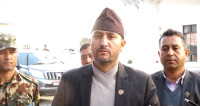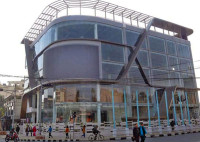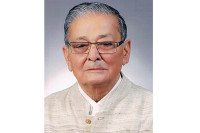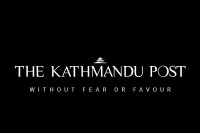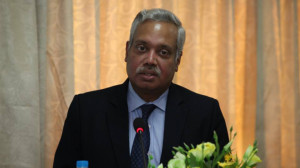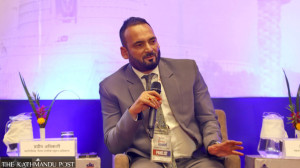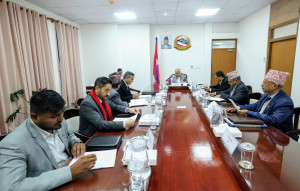National
UML sets student leaders’ age limit at 32, draws flak over party’s double standard
Age limit for student leaders not wrong, but party leaders should also have one: Unionist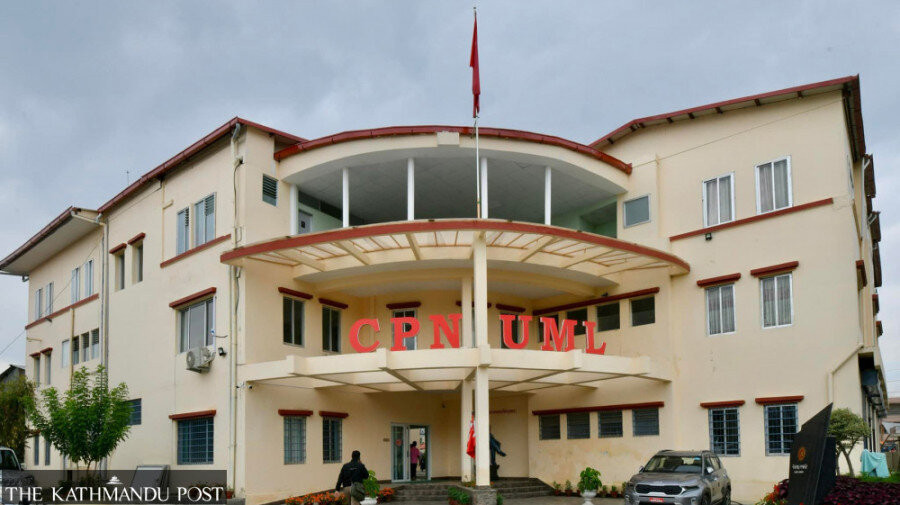
Post Report
The ruling CPN-UML’s secretariat meeting on May 25 decided to introduce an age limit of 32 years for participants of the 24th general convention of its student wing—All Nepal National Free Student Union (ANNFSU)—scheduled to be held in Kirtipur on June 7–9.
Following the secretariat decision, UML General Secretary Shankar Pokhrel issued a note to the party central committee member and ANNFSU in-charge Kishor Bikram Malla, demanding that the age limit be implemented from the upcoming convention. Malla confirmed the circular’s receipt and that the age limit would be enforced from the upcoming general convention.
“Only representatives under the age of 32 shall be eligible to be candidates for the organisation’s leadership positions,” the circular reads.
The circular also directs that provisions concerning the age limit be incorporated into the statute to apply across all levels of the organisation.
Before this, the Nepal Student Union, affiliated with the Nepali Congress, and the All Nepal National Independent Students’ Union (Revolutionary), student wing of the CPN (Maoist Centre), introduced the 32-year age limit in their respective organisations. With this decision, senior leaders from the older age group will now have to step aside.
While some student leaders lauded the party’s decision, some others have questioned the party leaders’ double standard. They argue that the party leadership has relaxed the age limit for holding the party’s top leadership while enforcing it strictly in the case of the student wing.
An ANNFSU leader elected from the organisation’s previous general convention said that after the party imposes the age limit on student leaders, the party’s central leadership, too, should abide by the policy.
“Enforcing the age limit in the student wing is not a wrong idea, but the party’s central leadership also should abide by it,” said an aspirant for a key position. “But the party should not have made such a decision at the eleventh hour of the general convention.”
The party’s ninth general convention organised in Kathmandu in July 2014 adopted a 70-year limit for leaders to hold any executive position in the party. As a result, some senior leaders including Bharat Mohan Adhikari and Siddi Lal Singh were sidelined from the party’s executive roles.
However, the UML in June 2023 removed the age limit making septuagenarian party chair KP Sharma Oli, among other top leaders, eligible to hold the top position yet again.
One of the vice-chairs of the party, who does not want to be quoted, said that it would be better if the party’s leadership abided by the 70-year age limit as decided earlier.
“Central leadership of the party is expected to lead by example. Had the party leadership followed the age limit themselves, sister wings of the party would be naturally bound to follow the party decision,” the leader said. “Party leaders, who didn’t follow the age limit, don’t have a strong moral ground to impose it on the student wing.”
Prakash Paudel, one of the contenders for the ANNFSU chair, said that when the Free Student Union (FSU) implemented a 32-year cap in colleges, the provision became necessary for the ANNFSU too.
“Initially, there was reluctance among the student leaders to abide by it,” Paudel said. “However, over time, student leaders have understood its importance.”
He argued that the age limit cannot be compared between the party leadership and the student leaders.
With the age limit some aspirants have been sidelined. Now, Paudel, Sujan Kadariya, Dipak Dhami, Anjana Siwakoti, and Aarati Bhattarai, who were the secretaries in the present working committee, are vying for the chair.
The UML statute projects the party to be committed to democratic principles. However, recent events raise questions about whether the party truly upholds the stated democratic values in practice.
For instance, a week ago, during the general convention of the party’s Youth Association in Pokhara, attempts were made to select leadership through consensus after halting the election process.
However, after the youth wing leaders revolted against the party's decision, an election was held, which eventually re-elected Kshitiz Thebe as the youth organisation’s chief for a second time.
A similar situation occurred during the general convention of Press Chautari, the organisation of journalists affiliated to the party. Despite dissatisfaction among journalists, the party's top leadership bypassed democratic procedure within the organisation and appointed the leadership under the guise of consensus.
A party insider also claimed that the consensus strategy might be attempted during the general convention of the student wing so that party’s top leaders can appoint their hangers-on to key positions.
Malla, also the former chair of ANNFSU, hinted at such a plan and claimed there is no harm in following party policy and choosing the leadership in consensus.
Student leaders, however, have been encouraged by the Youth Association’s latest development. The party may try to pick student leaders loyal to them in the name of consensus, they said, but if the student leaders are not happy with the proposals they can revolt just like the youths did in the Youth Association’s recent general convention.
“Consensus could be the best way, but if the party does not succeed in it, we will definitely go for a vote,” Paudel said.




 7.12°C Kathmandu
7.12°C Kathmandu